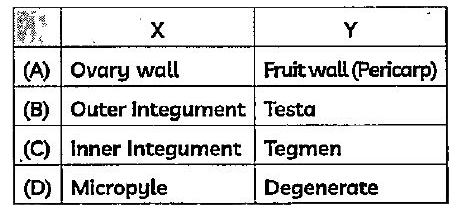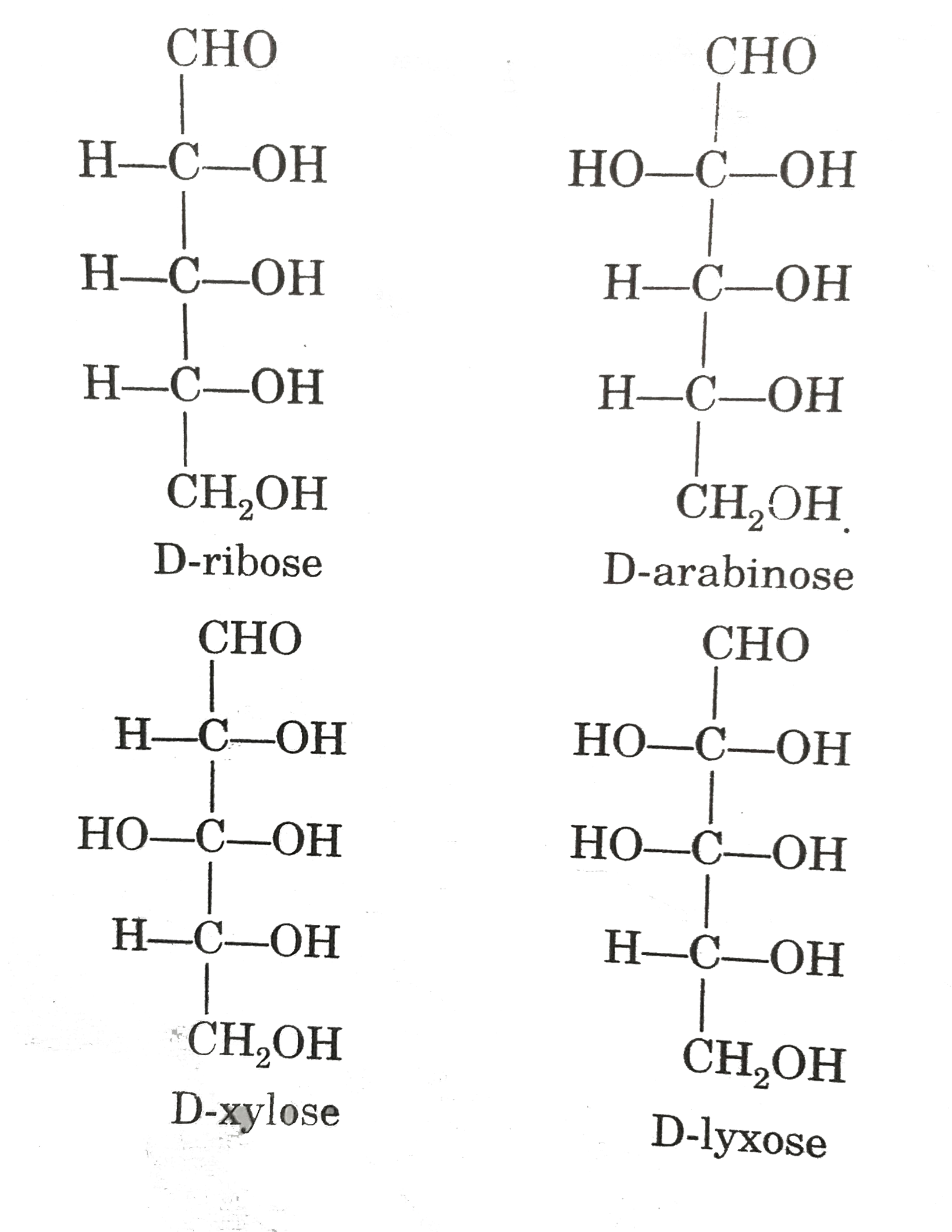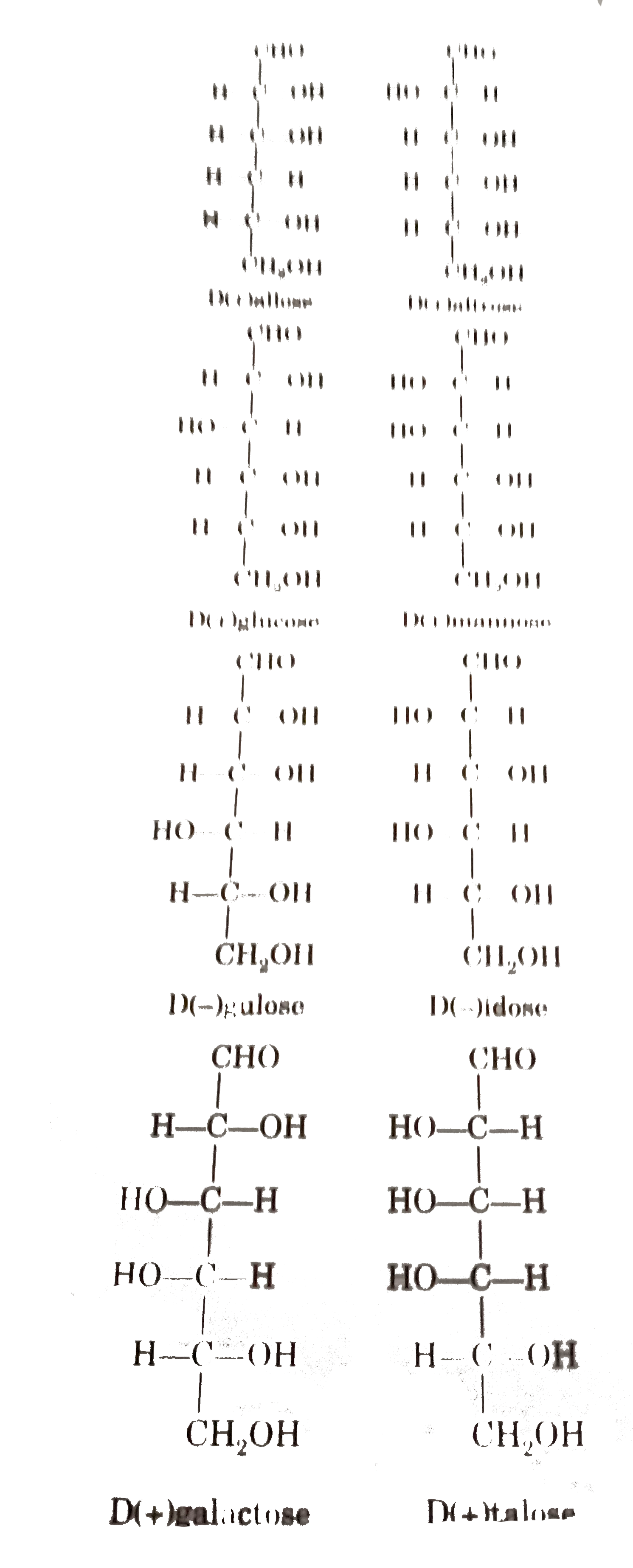A student records the initial length l, change in temperature ΔT and change in length Δl of a rod as follows :

If the first observation is correct. Choose the correct answer about 2nd,3rd) & 4^(th observations
2nd observation correct
3rd observation correct
4th observation correct
4th observation incorrect
From Ist observation : α=ΔllΔT=4×16−42×10=2×10−5∘C−1
So from 2nd observation = Δl=αlΔT=(2×10−5)×1×10=2×10−4m(Incorrect)
So from 3nd observation = Δl=αlΔT=(2×10−5)×2×20=8×10−4m(Incorrect)
So from 4nd observation = Δl=αlΔT=(2×10−5)×3×10=6×10−4m(Correct)
Topper's Solved these Questions
- PROPERTIES OF MATTERBOOK - CBSE COMPLEMENTARY MATERIALCHAPTER - PROPERTIES OF MATTEREXERCISE - NUMERICALS
23 Videos
- NEWTON'S LAWS OF MOTIONBOOK - CBSE COMPLEMENTARY MATERIALCHAPTER - NEWTON'S LAWS OF MOTIONEXERCISE - Laws Of Motion
20 Videos
- ROTATIONAL MOTION BOOK - CBSE COMPLEMENTARY MATERIALCHAPTER - ROTATIONAL MOTION EXERCISE - MULTIPLE CHOICE QUESTIONS
20 Videos
Similar Questions
A student records the initial length l, change in temperature ΔT and change in length ΔT of a rod as follows
S.No.l(m)ΔT(.∘C)Δl(m)1.2104×10−42.1104×10−43.2202×10−44.3106×10−4
If the first observation is correct, what can you say about observation 2, 3 and 4.
View SolutionA student records the initial length l, change in temperature ΔT and change in length ΔT of a rod as follows
S.No.l(m)ΔT(.∘C)Δl(m)1.2104×10−42.1104×10−43.2202×10−44.3106×10−4
If the first observation is correct, what can you say about observation 2, 3 and 4.
View Solution
Knowledge Check
When solid is heated , its length changes according to the relation l=l0(1+αΔT) , where l is the final length , l0 is the initial length , ΔT is the change in temperature , and α is the coefficient of linear is called super - facial expansion. the area changes according to the relation A=A0(1+βΔT), where A is the tinal area , A0 is the initial area, and β is the coefficient of areal expansion.
The coefficient of linear expansion of brass and steel are α1andα2 If we take a brass rod of length I1 and a steel rod of length I2 at 0∘C , their difference in length remains the same at any temperature ifAα1l2=α2l2Bα1l22=α2l21Cα21l2=α22l1Dα1l1=α2l2A rod of length l and coefficient of linear expansion α. Find increase in length when temperature changes from T to T+ ΔT
AlαΔTBl(1+αΔT)Cl(1+2αΔT)Dnone of theseA rod of length l and coefficient of linear expansion α. Find increase in length when temperature changes from T to T+ ΔT
AlαΔTBl(1+αΔT)Cl(1+2αΔT)Dnone of these
W.r.t. the changes observed in an angiosperm flower subsequent to pollination and fertilisation, which of the following options is correct:

The correct option will be:
View SolutionA simple pendulum of length L has a period T. If length is changed by ΔL, the change in period ΔT is proportional to
View SolutionIf percentage change in length is 1% with change in temperature of a cuboid object (l×2l×3l) then what is precentage change in its area and volume.
View SolutionIf percentage change in length is 1% with change in temperature of a cuboid object (l×2l×3l) then what is precentage change in its area and volume.
View SolutionObserve these compounds and give answer of following question :


Which of the following is correct presentation of L-galactose ?
View Solution
